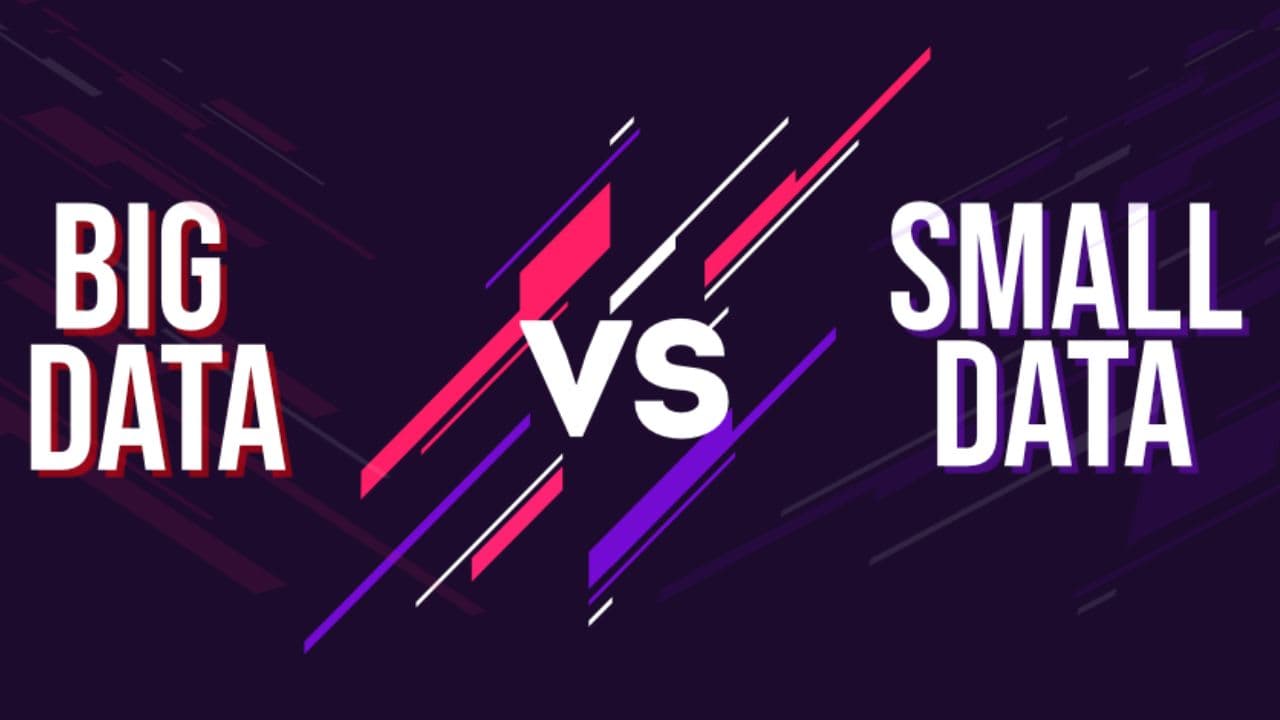11 Best Big Data Books in 2024 [Beginners and Advanced]
What are the 5 V’s of Big Data?
Getting overloaded with information is pretty normal these days. We generate enormous amounts of data with each tap and post, but making sense of it is a different story – it’s like looking for a needle in a haystack. But what’s this? Big Data is the compass in this confusion; a useful guide that helps you navigate through this data storm and unearths interesting insights that you weren’t even aware were there.
Introducing the 5 Vs of Big Data: volume, velocity, variety, veracity, and value. These aren’t simply flowery phrases; they act as a kind of treasure map that transforms data from pain to something incredibly helpful.
Each V is like a piece of a puzzle that shows how big the data is, how fast it comes, how different it can be, how true it is, and how much value it holds. Let’s set off on a journey to unlock these 5 Vs of Big Data and learn how Big Data can change the way our digital world works.
Volume: The Scale of Big Data
The first of 5 Vs of Big Data is volume: the mindblowing amount of data generated each day. Data comes in from a variety of sources, ranging from social media interactions and online transactions to sensor readings and business operations.
But when does information become “big”? Volume in the context of Big Data refers to the vast amount of information that traditional databases cannot handle efficiently. It’s not about gigabytes anymore but about terabytes, petabytes, and beyond.
Data volume has an impact all over the data lifecycle. Storage becomes an important concern, requiring scalable and cost-effective solutions such as cloud storage. Processing and analysis demand the use of powerful computer systems capable of handling huge data sets.
Real-world examples, such as the genomic data produced by DNA sequencing or the data generated by IoT devices in smart cities, showcase the monumental scale of Big Data.
Variety: The Diverse Types of Data
Think of data as a collection of puzzle pieces, each in its unique shape and color. There’s structured data, which fits like orderly building blocks into tables. Then there’s unstructured data – it’s like a free-spirited artist, not confined by any rules. This type includes things like text, images, and videos that don’t follow a set pattern.
And in between these, you have semi-structured data, a bit more organized than the wild unstructured kind, but not as rigid as the structured one. Formats like XML or JSON fall into this category.Imagine data coming from all around, like drops of rain from various clouds.
There are traditional databases, social media posts, and even readings from sensors in everyday devices.Handling this variety comes with challenges and treasures. It’s like solving a puzzle – on one side, you need adaptable methods to store and analyze different data types.
But on the other, embracing this mix lets businesses uncover hidden gems of insight. For instance, looking at what people say on social media alongside their buying habits paints a full picture of their preferences. So, in the world of data, variety isn’t just the spice of life; it’s the key to unlocking deeper knowledge.
Velocity: The Speed of Data Generation and Collection
In this era of constant connections, the speed at which data is produced and gathered has reached new heights. Whether it’s watching changes in the stock market, following trends on social media, or dealing with real-time sensor data in manufacturing, the rate at which things happen, called velocity- another member of the 5 Vs of Big Data – really matters.
If data isn’t used quickly, it loses its importance. Industries like finance, online shopping, and logistics depend a lot on managing data that comes in really fast. For instance, people who trade stocks have to decide super quickly based on how the market is changing. And online shops adjust their prices right away.
To handle this quick pace, businesses need strong systems and tools that can handle a lot of information coming in all at once. So, in this world where things happen in the blink of an eye, keeping up with data speed is key.
Veracity: The Trustworthiness of Data
While Big Data has a lot of potential, its value drops if the data isn’t reliable. Veracity is all about data being right and trustworthy. If data has mistakes or isn’t consistent, it can lead to wrong ideas and choices. Keeping data trustworthy is tough. It’s like assembling a puzzle’s elements into a unified whole, where defects in isolated parts distort the aggregate.
There are different reasons why data might not be great – like mistakes when putting it in, problems mixing different parts, or even people changing things on purpose. Making sure data is good needs checking it, fixing it up, and following rules about how to use it.
Without good data, the ideas we get from Big Data plans won’t really work. It’s like trying to build a sandcastle when the sand keeps shifting – things won’t hold together.
Value: Extracting Insights from Data
Big Data analysis’s ultimate purpose is to produce insightful findings that support strategic planning and well-informed decision-making. No matter how big or diversified the raw data is, it is only useful when it is turned into knowledge that can be used.
Different strategies are used by businesses to derive value from 5 Vs of Big Data. Algorithms for data mining and machine learning find patterns and trends in the data. Models for predictive analytics project future results.
Customer behavior analysis is used to create customized recommendations. Businesses like Amazon and Netflix serve as excellent examples of how utilizing data can improve consumer experiences and generate income.
FAQs
Why are these dimensions important?
Understanding the 5 Vs of Big Data is essential for devising effective Big Data strategies. Neglecting any dimension could lead to inefficiencies or missed opportunities.
How do businesses manage the velocity of incoming data?
High-velocity data necessitates real-time processing solutions and robust data pipelines. Technologies like stream processing frameworks and data caching systems enable businesses to handle data as it arrives.
What challenges arise from data veracity?
Unreliable data can lead to incorrect analyses, misguided decisions, and damaged business reputation. Ensuring data quality through validation, cleaning, and governance is crucial.
How can companies extract value from Big Data?
Companies can extract value by employing data analysis techniques such as data mining, machine learning, and predictive analytics. These methods uncover insights that drive innovation and competitiveness.
Are there any additional Vs to consider?
Some variations include Validity (accuracy), Volatility (how long data is valid), and Vulnerability (data security). However, the original 5 Vs of Big Data remain the core dimensions.
How do the 5 Vs of Big Data interrelate?
The 5 Vs of Big Data are interconnected. For instance, high velocity can impact data volume, as rapid data generation leads to larger datasets. Similarly, data veracity influences the value extracted from data.
Final Words
Understanding the 5 Vs of Big Data – Volume, Velocity, Variety, Veracity, and Value – is super important for doing well with big data projects. These aren’t just fancy words; they’re like the building blocks of successful data work.
As you think about your own data plans, just ask yourself if you’re ready for handling lots of data (Volume), keeping up with fast data (Velocity), dealing with different types of data (Variety), and making sure your data is accurate (Veracity).
And of course, the main goal is to get useful stuff out of your data (Value).It’s not a choice anymore but something you really need to do to keep up in a world that’s all about data. Since data keeps growing so much, it’s smart to have a good plan.
You can try out online classes and tools to learn more. There’s a bunch of helpful stuff out there, from managing data to using beneficial tools for understanding it.Let’s tackle the world of data together, turning challenges into opportunities and making those insights work for you!
![11 Best Big Data Books in 2024 [Beginners and Advanced]](/_next/image/?url=https%3A%2F%2Fres.cloudinary.com%2Fdvzkzccvn%2Fimages%2Ff_auto%2Cq_auto%2Fv1697123039%2F11-Best-Big-Data-Books-in-2023-Beginners-and-Advanced-1%2F11-Best-Big-Data-Books-in-2023-Beginners-and-Advanced-1.jpg%3F_i%3DAA&w=3840&q=75)

